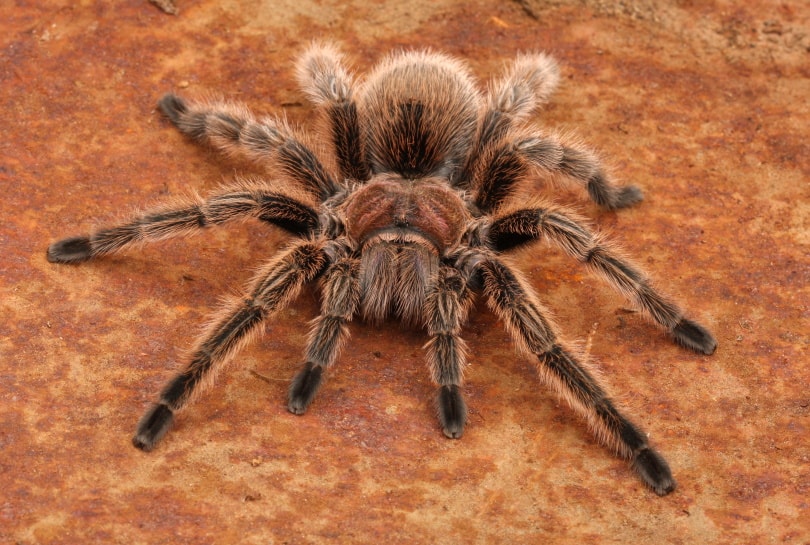

It’s hard to find a person who hasn’t heard at least one thrilling story about tarantulas. Their little-known mannerisms, their sometimes strange appearance, and our fertile imagination often make us forget how valuable and captivating these animals are. But, before getting to the heart of the matter, let’s be clear that spiders do not belong to the same group as insects: they are arachnids (a class that also includes mites, scorpions, ticks, and many others). So, here are 10 fascinating and fun facts about these little-known arachnids.
1. Tarantulas are among the least dangerous spiders in the world.
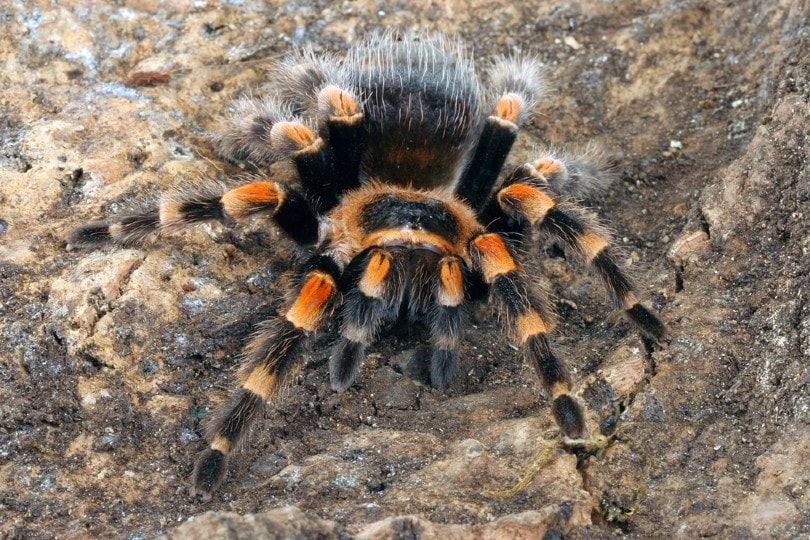
Other than in some horror movies, tarantulas are some of the least dangerous spiders in the ecosystem! This is because the venom of spiders of this family (Theraphosidae), when injected, has a localized effect. What’s more, when they bite humans, which is very rare, the result is almost always a dry bite, which means they don’t even inject venom. In fact, only about 50 species of spiders can be considered dangerous to humans. So out of a total of 40,000 species, we are far from the majority!
2. Tarantulas don’t like the sun.
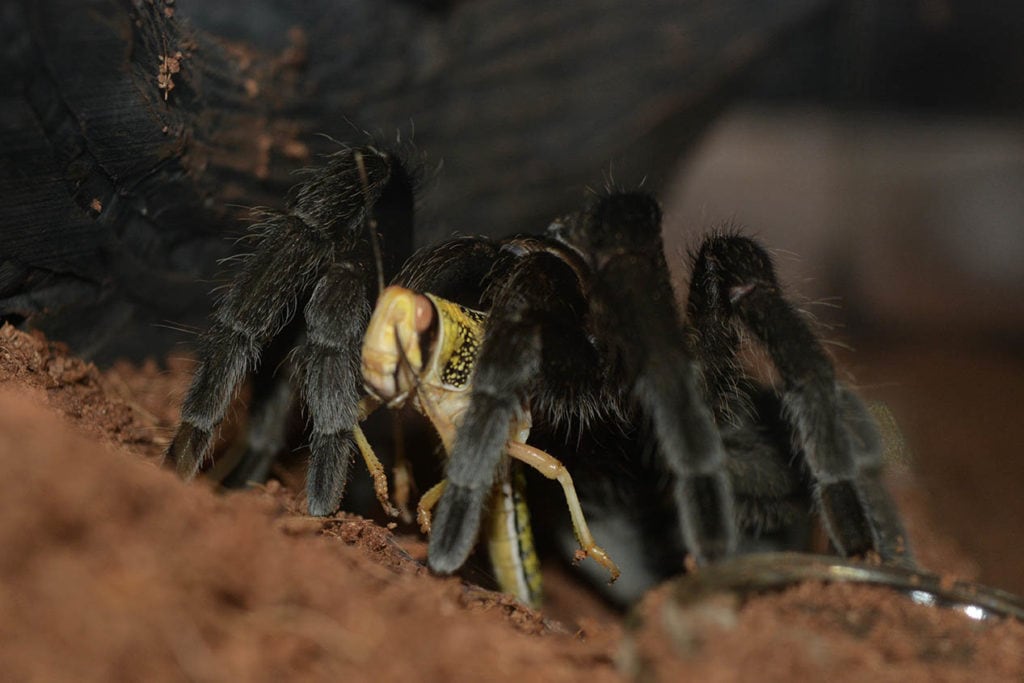
In their natural habitat, tarantulas are mostly nocturnal and are rarely seen during the day. However, when they emerge from their shelter in the light, they return to hide there at the slightest vibration.
3. Tarantulas use special hairs as a defense mechanism.
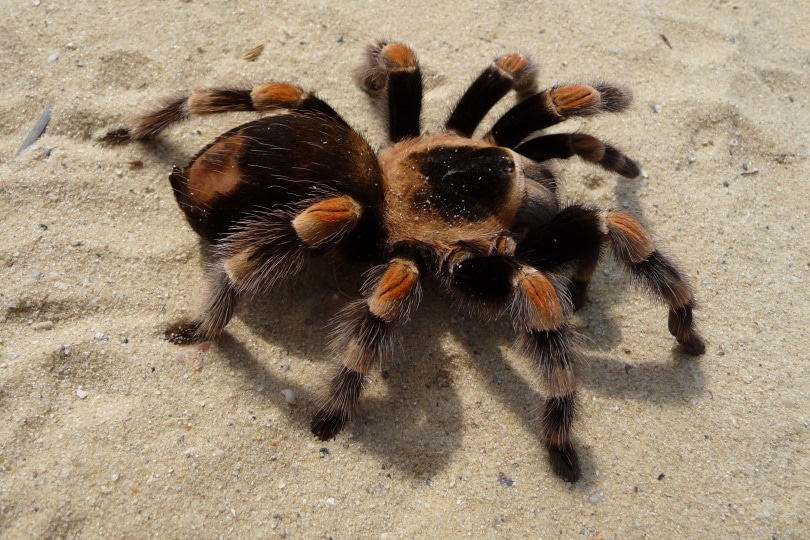
Tarantulas use hairs, called bristles, which are sensitive to vibrations and air movement to detect their prey. Their poorly developed eyes are useless when hunting. In the wild, they feed mainly on insects, sometimes on small vertebrates.
Some species in the United States have thousands of tiny, stinging hairs on the top of their abdomen; they use it as a defense mechanism. When the tarantula feels in danger, it can rub its hind legs quickly over its abdomen to loosen these hairs, which then fly away in the direction of the threat. Each of these small hairs can get lodged in the predator’s eyes, mouth, or respiratory tract, which neutralizes it and allows the tarantula to escape.
For humans, the hairs are particularly irritating when they reach the eyes or are swallowed. The irritation is also felt on the skin, especially when it is covered with sweat.
4. The ears of tarantulas are on their legs.
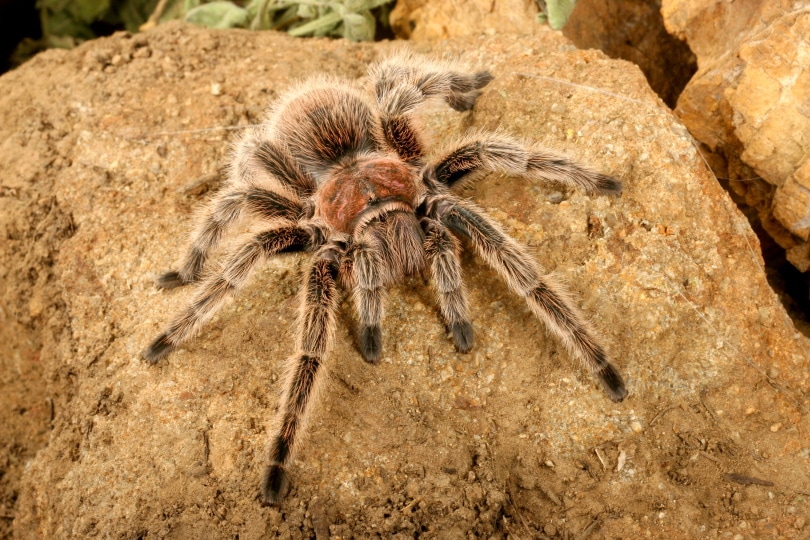
A rather bizarre fact, but true! In fact, spiders do not really have ears but will feel the vibrations in the environment and pick up the sounds thanks to the sensitive hairs which cover their body and especially their legs. Thanks to these hairs on their legs, spiders can move around their surroundings almost blindly and sense whether there is a prey or predator nearby.
On the other hand, like most spiders, tarantulas may have eight eyes on their heads, but they don’t have good vision! What’s the point of having so many eyes if you can’t even tell the difference between a rock and a plant directly in front of you? In short, the spider compensates for its poor vision with impressive sensory abilities thanks to its hairs. These hairs are so sensitive that they can detect the sounds of prey (like a cricket song) from several meters away.
5. Tarantulas were falsely accused of inducing deadly sleep.
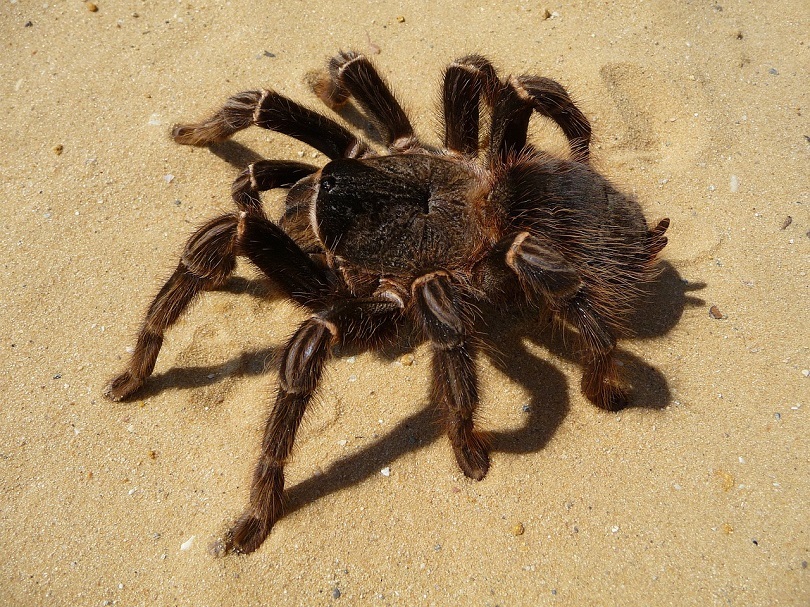
In the Middle Ages, these spiders were accused of inducing tarantism, which was sleep so deep that it resulted in death (probably caused, in fact, by another, less impressive spider, Latrodectus tredecimguttatus). To cure it, tradition wanted the villagers to dance the tarantella together. In reality, it was a way in the villages to continue to practice the dances considered pagan by the religious authorities.
6. The Ornate Tiger Spider (Poecilotheria ornata) is one of the largest tarantulas in the world.
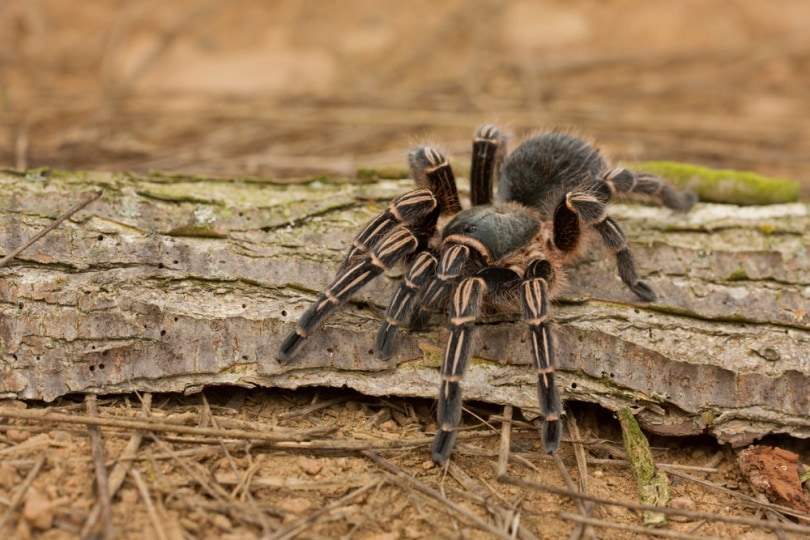
As the name suggests, this specimen has a body adorned with pretty colors. This arboreal tarantula is one of the largest in the world. Tarantulas like this are known to be aggressive and poisonous: one bite can cause muscle pain, nausea, or even fever. They are mainly found in Sri Lanka.
7. Grilled tarantulas delight tourists in Cambodia.

Grilled tarantulas are popular with tourists in Cambodia. In both Cambodia and Thailand, grilled spiders, locusts, and scorpions, insects being traditional food in Southeast Asia.
And in Cambodia, tarantulas proved to be a prized protein source during the Khmer Rouge era, which saw nearly two million Cambodians die, often from malnutrition in labor camps. Unfortunately, tarantulas are now dwindling in the country, victims of deforestation and hunters supplying the market with fresh spiders.
8. Female tarantulas can live 30 years or more in the wild.
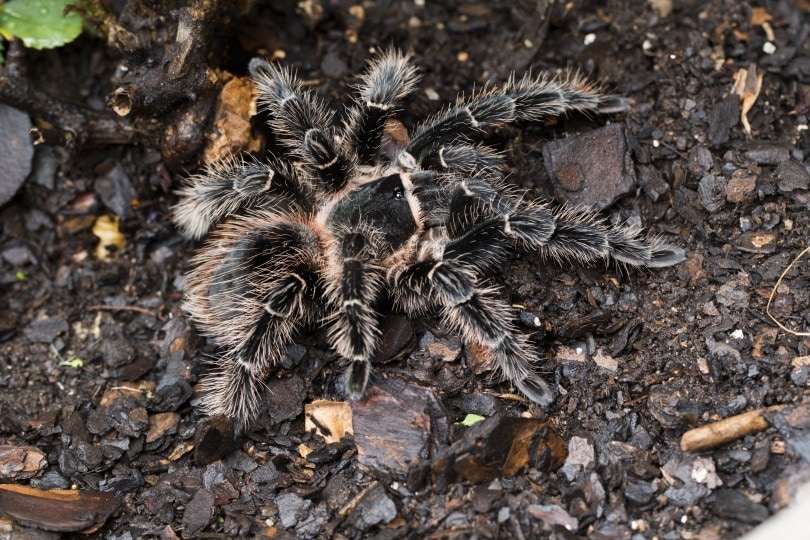
Female tarantulas enjoy a long lifespan, mainly when kept in captivity. Indeed, they can reach the impressive age of 30 years. Males, on the other hand, are not so lucky: once they reach sexual maturity, they rarely exceed 10 years.
9. Tarantulas can die from a simple fall.
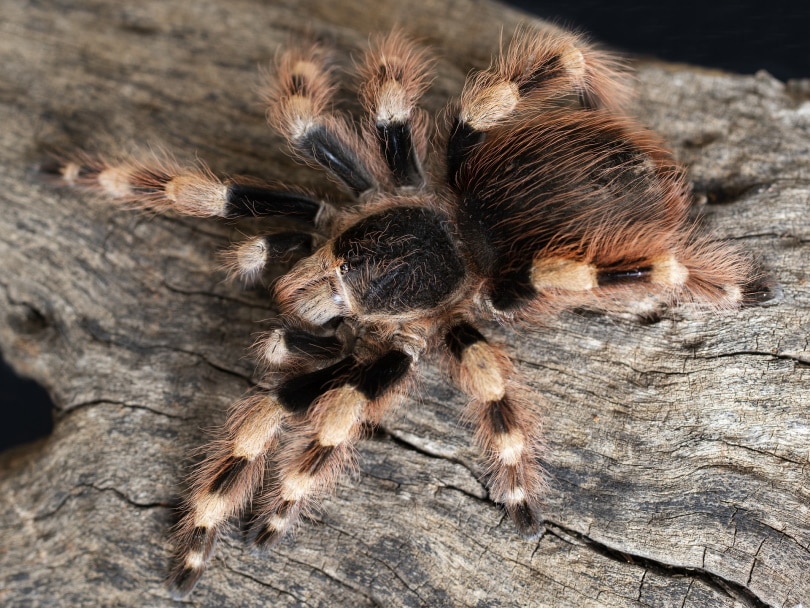
Tarantulas are rather thin-skinned creatures, especially around the abdomen. Even a fall from a height of less than a foot can cause a fatal rupture of the exoskeleton. The heaviest species are the most susceptible to damage by drops.
For this reason, handling a tarantula is not really recommended. It’s easy for you to get scared or, even more likely, for the tarantula to become afraid. What would you do if a huge hairy spider started to wiggle in your hand? You would probably drop it, and quickly.
If you must handle a tarantula, let the animal step onto your hand or grab the spider directly with cupped hands. Besides, you should never handle a tarantula during the time of its molt, an annual period that can last up to a month.
10. Tarantulas have a super-regenerative power.
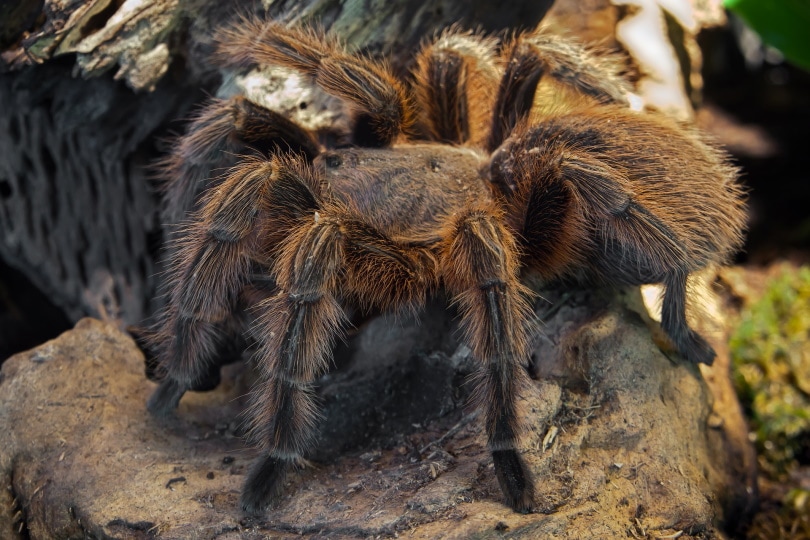
Because tarantulas molt throughout their lives, replacing their exoskeletons as they grow, they can repair the damage they have suffered, just like lizards do with their tails. Thus, if a tarantula loses a leg during an attack by a predator, it can regenerate a new one during its successive molt. However, depending on the age of the tarantula, the regenerated leg may not be as long as the one it lost. Over the subsequent molts, the leg will gradually lengthen until it regains its standard size.
Related Read: How Much Does It Cost to Own a Tarantula?

Final Thoughts
In short, these were 10 unusual characteristics and facts of tarantulas that prove they are incredible creatures of the animal world. We hope you enjoyed this article and made you want to learn more about these fascinating beasts! Our goal is not for tarantulas to become everyone’s favorite animal, but at least learn to tolerate them and realize their importance in our environment.
You might also be interested in: What Do Tarantulas Eat in the Wild & as Pets?
Featured Image Credit: Audrey Snider-Bell, Shutterstock

Genevieve is a biologist and science writer. Her deep love for capuchin monkeys, pumas, and kangaroos has taken her worldwide to work and volunteer for several wildlife rehabilitation centers in Bolivia, Guatemala, Canada, and Australia. As a Canadian expat, Genevieve now lives in Argentina, where she wakes up every morning to horses and cows saying hello from the vast plain next to her home office window. She is the proud mom of three rescued dogs, Lemmy, Nala, and Pochi, and a frisky kitten, Furiosa. Having the privilege of sharing her knowledge and passion for animals of all kinds is what makes her fulfilled and happy.






